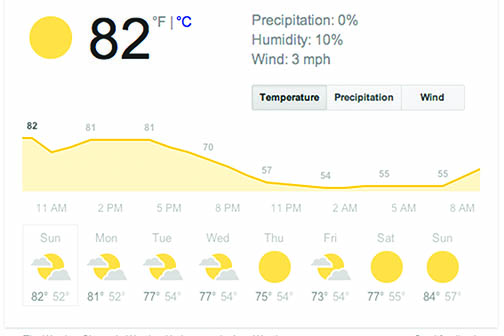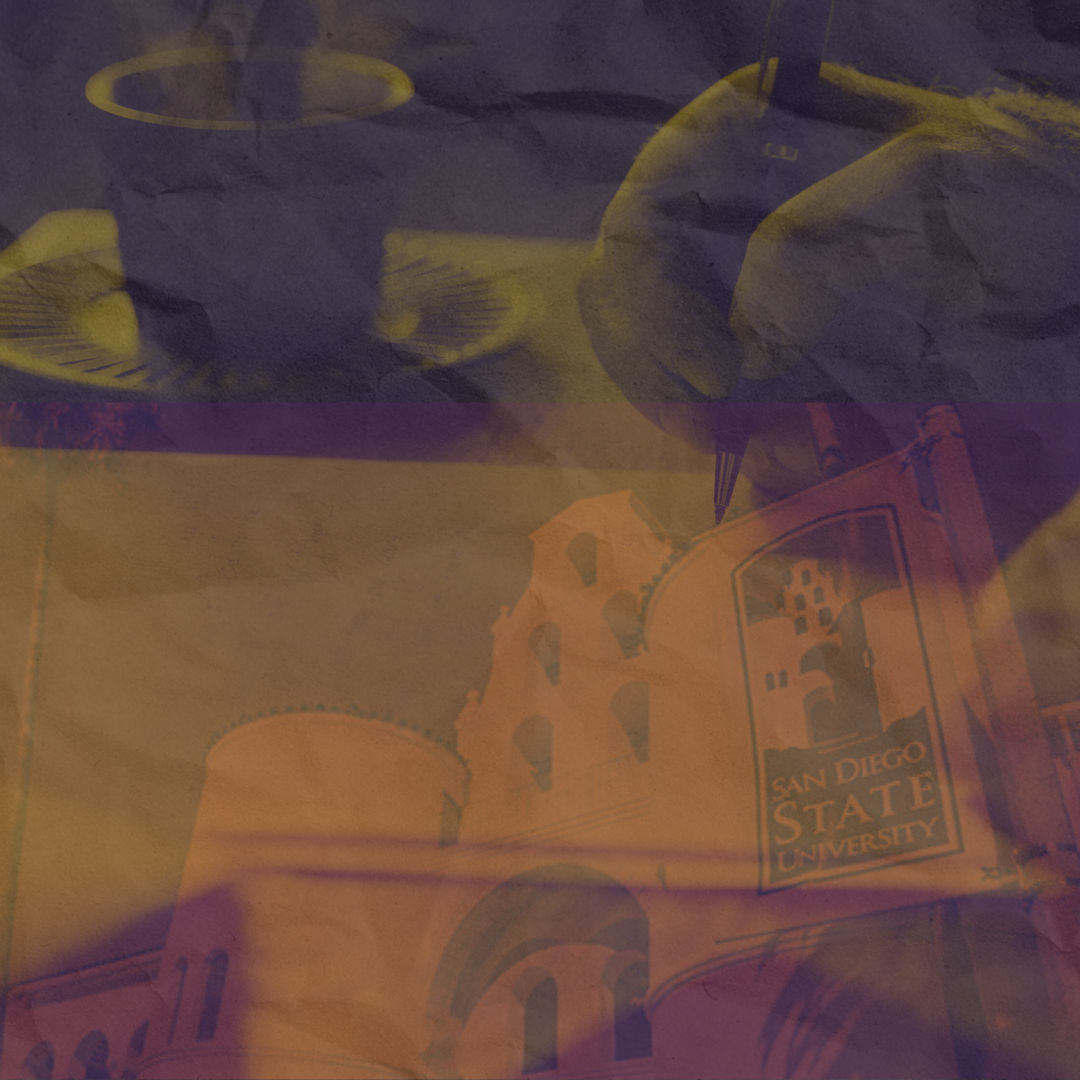Everyone in the country is jealous of Southern California and its lucky residents these days. While most of the country is suffering through one of the worst winters on record thanks to the dreaded polar vortex, spring has been in full swing in San Diego since January.
[quote]All envy aside, this remarkably warm winter is as much a symptom of global climate change as the polar vortex is. [/quote]While we may be enjoying this endless summer, the disappearance of “winter” in the Southwestern U.S. is an example of extreme weather. And since the Earth’s ecosystem thrives on homeostasis, anything extreme is problematic.
Unfortunately, research suggests the instances of extreme weather are on the rise and show no signs of stopping. A study published by the National Academy of Sciences said the increase in extreme weather is directly linked to a rise in global temperature.
According to the U.S. Environmental Protection Agency, current global warming trends lead to a prediction that the global temperature will increase by 2 to 11.5 degrees Fahrenheit by the end of the century.
The authors of the study predict that if current global warming trends continue throughout the 21st century, we can expect to see a “doubling of Katrina-magnitude events,” among other environmental side effects.
Maybe hurricane threats aren’t too concerning to Californians, but there’s more. Another predicted side effect of global warming is the loss of coastal cities as melting polar ice caps lead to rising sea levels. Yes, that means our beloved San Diego, along with other great cities such as Los Angeles, San Francisco and New York, would be underwater.
Don’t want that to happen? I don’t either. But it’s our own fault we’re in this situation. According to the NASA consensus website on climate change, 97 percent of climate scientists agree that human effects have likely had a significant impact on increasing the rate of global warming. Now we are the only ones with the power to fix this problem we’ve created.
As residents of California, we have the pressure and the power of influencing trends across the nation. Our state is largely considered to be both politically progressive and environmentally conscious, and other states look to us to set an example in these regards.
Moreover, we as Aztecs have an especially high reputation to uphold. San Diego State takes environmental issues very seriously. As previously reported in The Aztec, in 2012, SDSU earned the prestigious Silver rating from the Association for the Advancement of Sustainability in Higher Education. SDSU is also one of the first universities to offer both a major and minor in sustainability, and has ensured all new campus construction has complied with green construction practices.
So, Aztecs, I’m calling on you to get on board with this movement. Let’s support and represent our school in its efforts to become a leader in the practice of going green.
At SDSU, there are many opportunities to go green both on and off campus. Here are just a few ways you can support the movement in your everyday lives:
- Recycle, duh. Either go conventional and toss your recyclables in the appropriate bin, or get creative and find a new use for a used product. For example, old glass peanut butter jars make great to-go cups.
- Carry a water bottle and use the refill stations available on campus. Your daily bottled water habit may seem healthy, but it has a significant negative impact on the environment.
- Use reusable cups and plates in your dorm room or apartment rather than relying on paper plates and plastic cups. I know doing dishes sucks, but global warming sucks more.
- Unplug your cell phone and laptop chargers from the wall once you’re done charging to prevent wasting power.
- Shop at the thrift shop. Buying used goods isn’t only trendy, it’s green.
- Take part in SDSU’s annual GreenFest, coming up this year from April 21 to 24, scheduled to coincide perfectly with Earth Day).
If you’re interested in making an even bigger difference, consider becoming part GreenLove, the sustainability club on campus that organizes GreenFest. The student-run group promotes sustainable habits and strives to educate the public on environmental and sustainability issues.
Photo courtesy of Google Weather.







